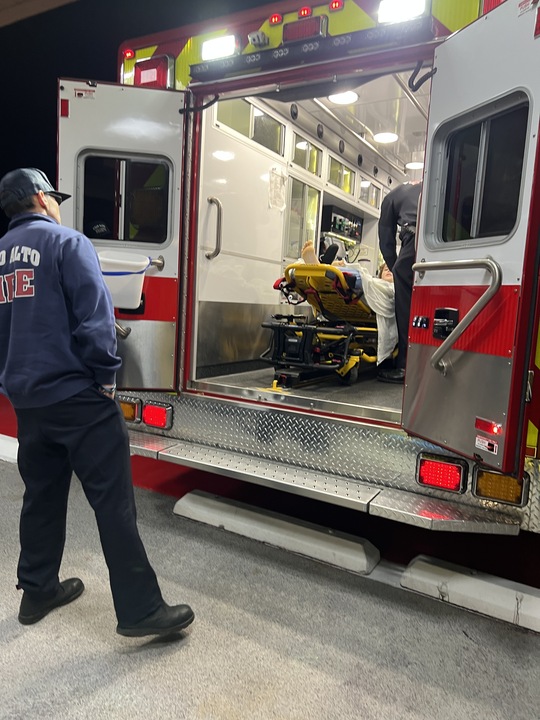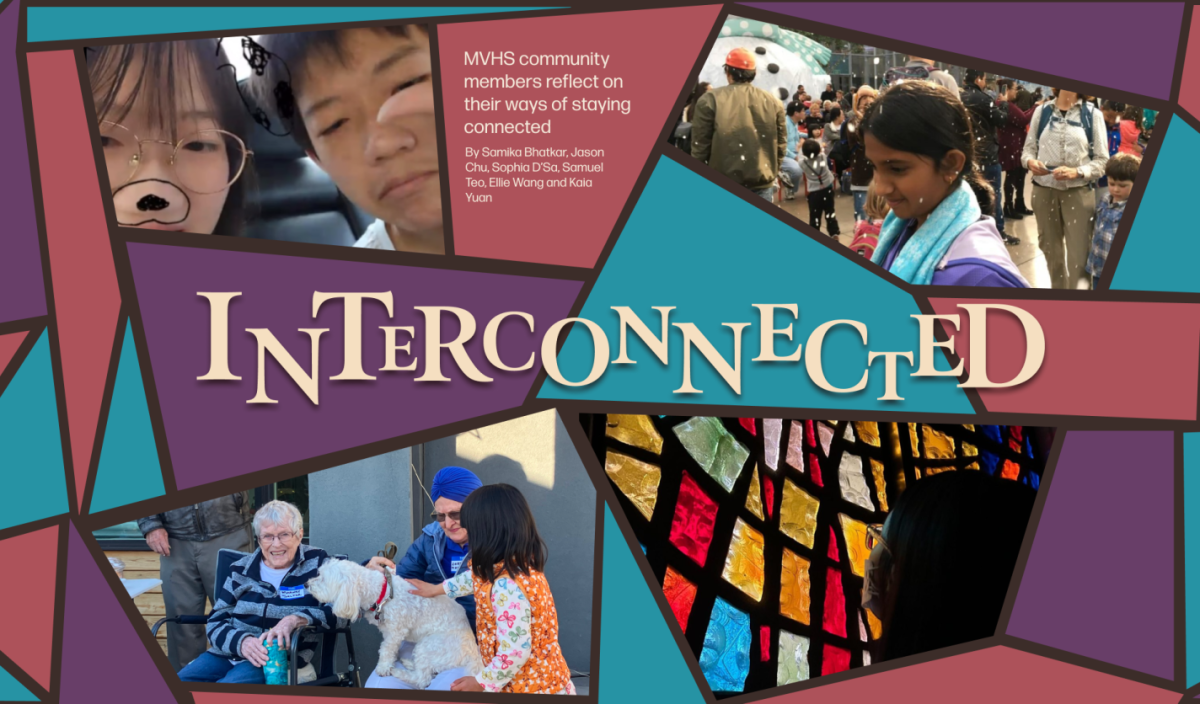 Little difference between old, new teachers in technology, teaching spirit
Little difference between old, new teachers in technology, teaching spirit
To think that all this time teachers haven’t really changed. And even if, once upon a time, older teachers did do things differently, the difference between them and newer ones today is slight.
Classrooms have changed since the introduction of mass technology. Band and orchestra teacher John Galli, who has been teaching for 40 years, remembers when he used to take his classes to live performances instead of having them listen to recordings. English teacher Debbie Vanni, a teacher of 29 years, remembers when she once assigned a group project and was then astounded when her students used their cell phones and iPods to turn it in 20 minutes later.
But while classrooms have changed with new technology, the gap between newer and more-experienced teachers has not widened. Like teachers just starting out, both Vanni and Galli have integrated technology into their classrooms and are constantly learning how to use newer tools—even if it takes the teachers longer to learn them than newer teachers.
Of course, slight dissimilarities between veteran and younger teachers still do exist. For example, French teacher Sarah Finck believes older teachers are more rigid in deadlines.
“I’m pretty accepting of technological difficulties,” she said, even if it means homework assignments or projects are turned in late. “If it’s a generally responsible student, and it appears to be the truth, what I’m really interested in is that their work is done at a high quality and that they’re showing me their best.”
However, Finck finds it difficult to keep track of all her students’ postponed deadlines. “I think I’ll get stricter over time,” she said, “because it gets frustrating.”
Technology also drives another difference between teachers.
“People who started teaching before technology are better on their toes,” Vanni said, but she stressed that the generalization doesn’t apply to every newer teacher. She remembers when her Contemporary Literature students began working on school laptops one day only to have the laptops run out of battery five minutes later; the previous period had not charged them. However, because Vanni was not as reliant on technology as newer teachers, she was able to quickly adjust her lesson plan to account for the unexpected problem.
This new undying reliance on technology can be blamed on changing methods of training teachers. Today, all teaching credential classes require some basic skill with technology, be it Microsoft Word or videotaping. At San Jose State University, upcoming teachers need to pass a technology test in order to be eligible for its teaching credential program.
Still, the process of getting a teaching credential hasn’t changed much. When Photography teacher Tyler Cripe was studying to become a teacher, he took classes on student psychological development—the same type of classes Vanni took almost 25 years earlier.
And while institutions may claim to be teaching new teaching styles today, Vanni believes these new approaches aren’t radically different at all. “They come out with new ideas, but when you’re in the field long enough, the new is the old repackaged,” she said.
There’s a simple reason behind that. “What’s called the ‘old style’ of teaching is really not that old,” Cripe said. “That’s the way we learn. That’s the way people deliver information to each other.”
To him, a teacher’s goal is to get information across to his or her students. While the role of technology has made the process quicker and simpler, a teacher still has to get that information across today.
And teaching credential classes are still weak in one thing, just like 40 years ago: the quality of teaching experience gained from taking those classes.
“It was pretty poor back then, and it’s still pretty poor now,” Galli said. When he first began teaching, teachers learned how to really lead a classroom during their student-teaching periods, not their time learning in class, and the same holds true for today.
So the difference between teachers is very slight. “As far as a generational gap, I don’t see that very much,” Cripe said.
Through the years, teaching itself hasn’t changed. “The heart [of being a teacher] stays the same,” Vanni said. “You may have to change the way you communicate with the students, you may have to change the way you communicate with parents, but sitting down and talking to a student struggling at home, that has not changed.”





